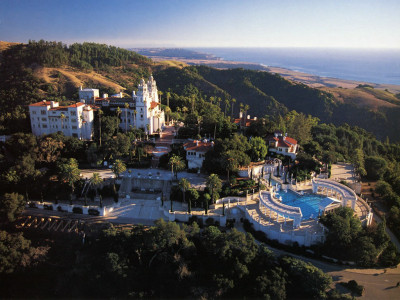Should the Elgin Marbles, the sculptures that adorned the Parthenon, be returned to Greece from the British Museum?

The Parthenon/Elgin Marbles Debate: Return or Retain? – Antigone
https://antigonejournal.com/2023/12/elgin-marbles-debate/

Regarding whether or not the Elgin Marbles, which were moved from the Parthenon to the British Museum in the early 19th century, should be returned to
According to Tista Austin, a writer opposed to the restitution, Thomas Bruce's intention in removing the Elgin Marbles from the Parthenon was to collect Greek antiques in order to preserve classical art for posterity. It is also said that the purpose was to protect the sculpture from defacement and destruction.

In fact, the Parthenon's monuments have been removed, used as a munitions store by the Turks who once ruled Greece, used as building materials, and the remaining sculptures sold to tourists. It has been treated as such.
Meanwhile, since the 1980s, the Greek government, under the leadership of Socialist Culture Minister Melina Mercouri and others, has been campaigning to retrieve the Elgin Marbles from the British Museum, and in 1816, the purchase of the Elgin Marbles by Britain was officially approved. Despite this, claims have been made such as ``the Elgin Marbles on display were stolen from Greece'' and ``they were looted.''

Mr. Austin also criticized the Acropolis Museum's exhibition environment as being far inferior to that of the British Museum, saying, ``There is no dispute that Thomas Bruce saved the Elgin Marbles from serious damage and deterioration.'' No,” he said.
On the other hand, writer Armand Dangor, who argues that ``the Elgin Marbles should be returned,'' said, ``The existence of the ``Elgin Marble Export Permit'' created in 1801 is questionable, and Thomas Bruce brought the Elgin Marbles to the British Museum. The claim that the sale was merely an attempt to avoid bankruptcy and to preserve Elgin Marble for future generations is a convenient afterthought.'
Additionally, according to Dangor, the Greek government plans to loan various exhibits to the British Museum in return for the return of the Elgin Marbles. Furthermore, Dangor suggests, ``The British Museum should first return the original Elgin Marble to the Acropolis Museum and then use modern technology to create a replica of the Elgin Marble.''

In response to these debates, Mr. Austin said, ``The Acropolis Museum introduces the development of Greek art, and the British Museum introduces world culture. ``There is no mutual benefit for Greece and the UK. Greece should focus more on preserving other ancient sites and not spend huge amounts of money on returning the Elgin Marbles.''
On the other hand, Dangor said, ``Those who argue that the Elgin Marbles should remain in the British Museum' are not only of the opinion that Thomas Bruce's actions were legal, but also have an emotional argument that ``it was a noble act to protect art.'' It is based on ``. 'The Acropolis Museum is ensuring that the works in its collection are safely and appropriately preserved.Returning the Elgin Marbles will not only create new exhibition space at the British Museum, but will also create a moral image for Britain. This should help boost Japan's international standing.'

Related Posts:
in Note, Posted by log1r_ut







